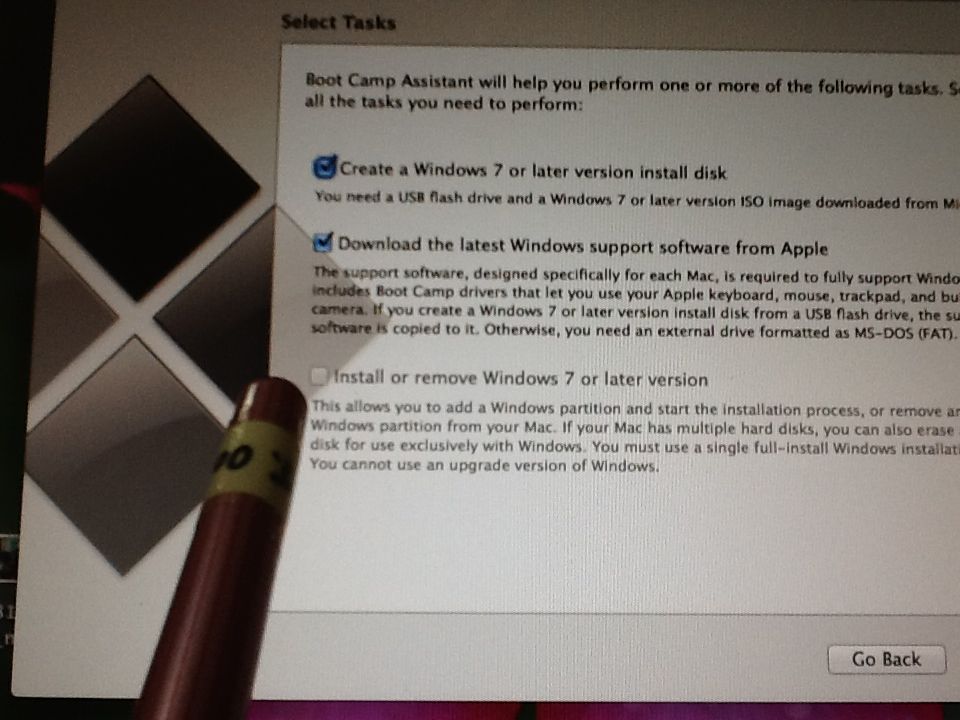

To run Windows in a virtual machine on Mac, you need to install virtualization software. This way, you can easily access both operating systems at the same time and transfer files between them without restarting your Mac. In addition to installing Windows alongside macOS on your hard drive, you can also run Windows in a virtual machine directly from macOS. We recommend you familiarize yourself with Boot Camp Control Panel so that you can configure your keyboard, mouse, trackpad, and other hardware used with your Intel-based Mac. To switch between Windows and macOS, simply restart your computer and then press and hold the Option key during startup. Follow the instructions to set up drivers and everything else necessary to dual boot Windows on a Mac computer. Boot into Windows and wait for the Boot Camp installer to appear.Install Windows on the BOOTCAMP partition.Wait for Boot Camp Assistant to do its job until your Mac restarts and you see the Windows Setup screen.Select the Boot Camp partition size (we recommend at least 64 GB) and click Install.Choose the Windows ISO file you’ve obtained earlier.Read the introduction and click Continue to proceed.Go to Applications > Utilities and launch Boot Camp Assistant.If you meet all these requirements, then you can simply follow the instructions below.
#Install windows 7 on mac iso how to#
You also need 64 GB or more free storage space on your Mac startup disk, a Windows 10 disk image (see the How to Get Windows for Mac chapter), and a USB flash drive with a storage capacity of 16 GB or more (unless your Mac doesn’t need a flash drive to install Windows). This list DOESN’T include Macs with Apple’s M1 chip because Boot Camp only works on Intel-based Macs. MacBook Pro introduced in 2012 or later.MacBook Air introduced in 2012 or later.You just need to verify that you meet the system requirements for installing Windows 10. The great thing about dual booting Windows on a Mac computer is that the software you need to make it happen (Boot Camp) is included in macOS.


 0 kommentar(er)
0 kommentar(er)
